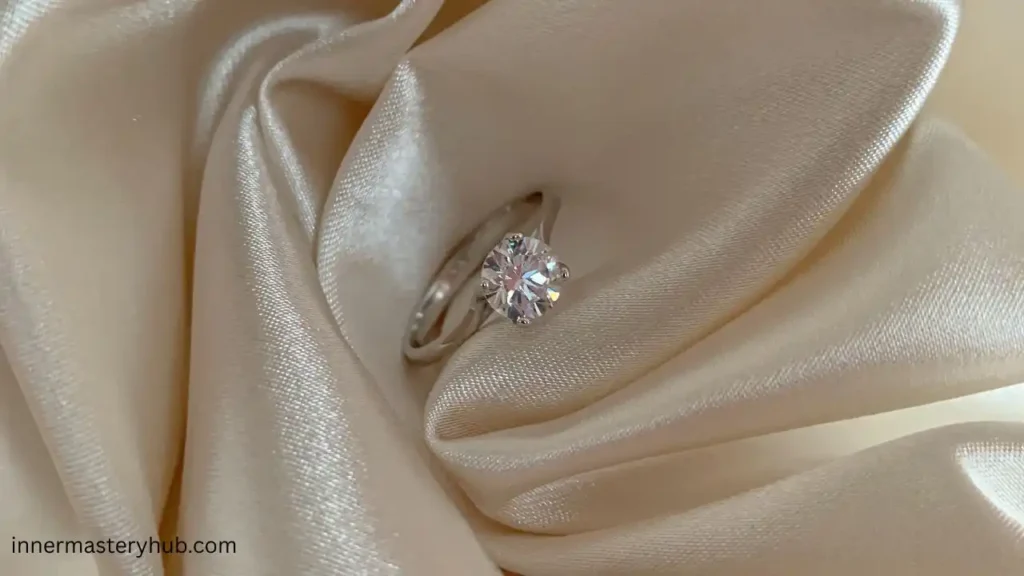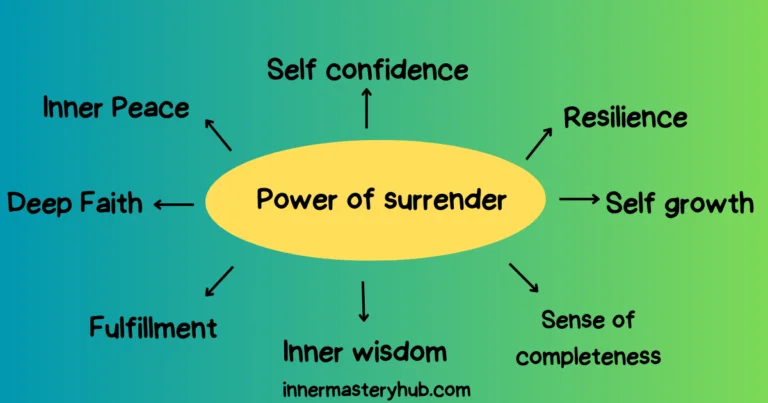The Spiritual Meaning of a Diamond; A Symbolism of Healing

In ancient Egypt, spiritual meaning of a diamond appeared in religious symbols meant to represent life and divine authority. The ankh, which stood for vitality, sometimes included diamonds, linking them to sun power and moral clarity.
Greek and Roman texts treated diamonds as rare materials linked to celestial origins. Some writings described them as frozen star fragments. Pliny the Elder ranked diamonds as the most powerful material on earth due to their resistance to heat and iron tools. Roman military leaders wore them for strength in battle and protection from harm.
In South Asia, the diamond held importance in both Hinduism and Buddhism. In Hindu practices, diamonds were included in purification rituals and thought to protect the heart.
Buddhist texts such as the Diamond Sutra used the stone as a symbol of firm insight and clear perception. Indian healers use of diamond mixed with water for spiritual or physical healing, although this has not been supported by modern science.
Chinese records do not show early religious use of diamonds, but Tibetan Buddhism later treated diamonds as a symbol of imperishable truth. In Islamic art, use of diamond patterns appeared in mosque architecture to support visual focus and connect with divine order. In this article we will discuss the spiritual meaning of a diamond in different contexts.
Table of Contents
Geometric Forms and Spiritual Focus
Different use of diamond cuts are often tied to specific symbolic meanings. Round diamonds are thought to promote unity and wholeness, while marquise cuts are linked to forward movement. Square or rectangular shapes are said to anchor energy. Rings with geometric clarity, such as cushion or emerald cuts, are favored in rituals focused on grounding or mental structure.
One example is the rectangle diamond ring, which some energy practitioners associate with intention setting in structured meditation. Like baguette and Asscher cuts, its clean lines are used to filter distractions and support clarity during spiritual work.
From Royal Power to Private Rituals
In medieval Europe,use of diamonds carried political value, not only ornamenting crowns but also being added to weapons. They were believed to block curses and cut through deceit. This practical use later gave way to romantic meaning.
The first diamond engagement ring was recorded in 1477 when Archduke Maximilian of Austria proposed with one. From that point, the use of diamond became tied to love and marriage in Western societies.
The Greek word ‘adamas’, meaning unbreakable, shaped this idea. Over the centuries, diamond engagement rings became widespread. This was reinforced by large marketing campaigns in the 20th century that highlighted both romantic and status-related interpretations.
Anthropological data from West African traditions show raw use of diamonds used in adulthood rites. These ceremonies treated the stones as signs of personal pressure and endurance. In Native American ceremonies, diamonds occasionally served in spiritual communications or vision rituals. These uses vary, but share the belief that use of diamonds have more than material value.
Energy Work and Meditation Practices
In modern spiritual systems, people use diamonds in rituals meant for mental awareness or emotional control. Energy healers claim that diamonds enhance clarity and balance during quiet focus sessions. They are commonly placed on the upper part of the head, aligning with the area called the crown chakra. Crystal healing guides often recommend diamonds during deep focus to maintain intention.
Some use diamonds during chakra cleansing. Proponents say they help remove distractions and bring emotional balance. Although these claims are not supported by clinical studies, they are common in alternative health literature.
A few scientific explorations, such as quantum studies involving diamond structures, have looked at the electromagnetic properties of the material. Research into nitrogen-vacancy centers in diamonds has opened a discussion about whether diamonds could support studies in consciousness or brain activity, though the evidence is early and technical.
Media, Belief, and Market Trends
Large-scale promotions have influenced the way diamonds are seen. De Beers spent over $100 million each year in campaigns linking diamonds to commitment and marriage. A University of Arkansas study recorded that 78 percent of female undergraduate students connected diamonds with long-term romance, while over half of male students linked them to social rank.
Social media continues to shape meaning. A search of video tags shows that “Diamond Spirituality” reached over 4 million views. On visual platforms, diamond-themed posts often describe practices involving aura protection and emotional strength. Engagement with this content tends to peak after viral celebrity appearances featuring prominent diamond displays.
There is also cultural debate regarding lab-produced diamonds. Some early adopters question if they carry the same symbolic power. Still, gemologists note that their internal structure is the same. For some spiritual practitioners, the source does not matter as long as the intention behind the use remains consistent.
Cross-Faith Symbolism
In Abrahamic texts, diamonds are rarely mentioned by name, but themes of clearness and strength recall their qualities. Christian interpretations sometimes link diamonds with unchangeable divine promises. In some prayers or visual aids used in Christian rituals, diamonds serve as metaphors for mental discipline.
Modern spiritual collectives across several regions now use diamonds in guided reflection or therapeutic touch sessions. These uses extend into secular practices aimed at mental focus. Online reports mention use in corporate seminars focused on decision-making clarity, though formal studies on these practices are limited.
The spiritual meaning of diamonds depends largely on the setting and user intent. Data shows a wide range of interpretations, from ancient protective uses to current symbolic associations with love and discipline. Their continued use in belief systems, rituals, and modern wellness routines suggests their perceived value stretches beyond material detail.
RELATED POSTS
How Can Spiritual Healing Quotes Transform Your Life?
Are You Ready for Life After Spiritual Awakening?
What is the point of Life? 9 Solutions to Existential Crisis







